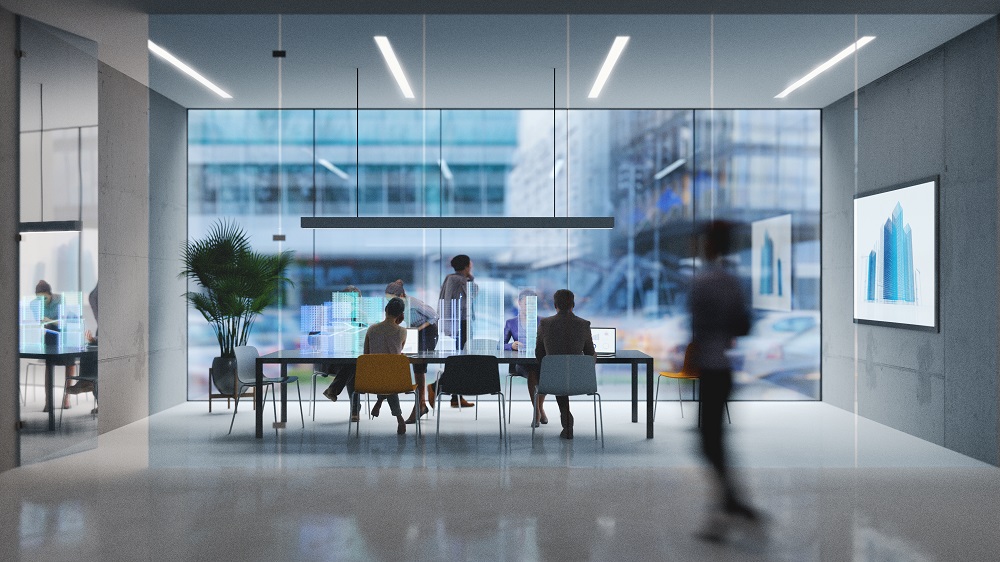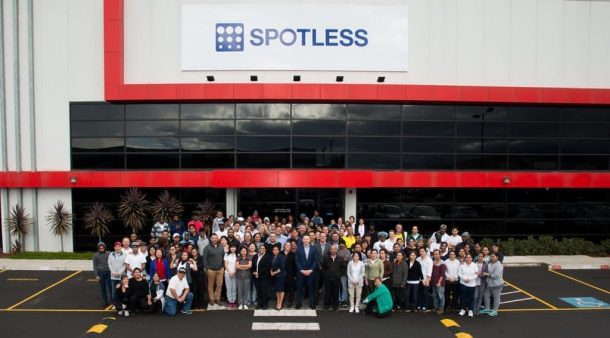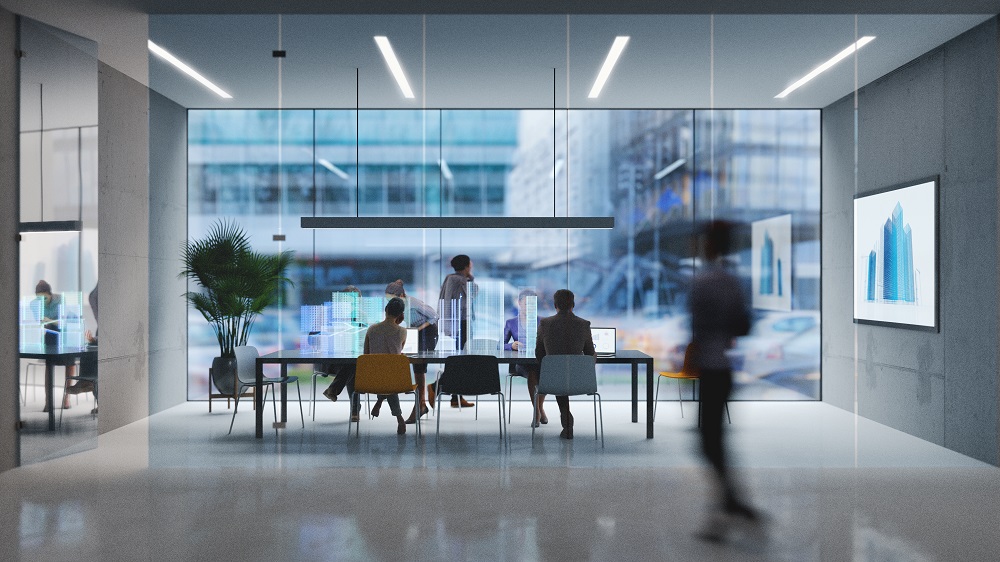
Natural disasters might be a rare occurrence and, subsequently, a very low risk for most facilities – but that doesn’t mean you shouldn’t prepare for one.
It takes just one natural disaster, such as a flash flood, to severely damage a facility. Buildings can be compromised or inoperable for days, weeks, or even months. In addition to structural damage, natural disasters can cause significant financial losses.
Identify which natural disasters pose the greatest threat to your facility. If you are in a high-risk zone – prone to disasters – it’s even more important to be cautious. You should assess other potential risks as well, including bushfires and severe storms.
The most successful natural disaster management systems are comprehensive with a risk-focused strategy. The following advice can help you be prepared if a natural disaster strikes.
Know your facility
You can’t be prepared for a natural disaster without having details about your facility at hand. It’s necessary to have detailed blueprints of the entire site, including important infrastructure like hazardous installations of chemical processes and equipment, gas pipelines, and drainage systems.
Knowing the location of all drainage systems can help redirect floodwaters, and understanding which pipelines might have been damaged during an earthquake can aid in post-disaster management.
Take particular care to identify areas that could pose more significant problems, such as those containing hazardous machinery or chemicals, or equipment that is crucial for the facility’s operation. Also, it’s important to know the location of all designated confined spaces. This information can be critical in determining where workers might become trapped during a disaster or to prevent potential risks, such as toxic gas build-up.
Consider using building information modelling (BIM) to gather information about your facility. BIM is not just a tool for designing and constructing buildings. Its 3D facility representations can provide a comprehensive database of a building’s maintenance history and physical assets. Asset information is critical for understanding the physical layout and infrastructure of your facility.
Set up and test your system
Once your site knowledge is well established, you’re ready to put a comprehensive natural disaster risk management plan in place.
This plan should be a part of your safety management system and include measures to be taken in the following four phases, as outlined in an article on crisis and disasters risk management published in Ethics, Medicine & Public Health.
- Preparedness: Actions taken prior to an emergency to facilitate response and promote readiness
- Response: Actions taken during an emergency to save lives, property, and the environment
- Recovery: Actions taken after an emergency to restore and resume normal operations
- Mitigation: Efforts to reduce the effects or risks associated with hazards.
You can also take the following three-part approach to natural disaster management, as outlined in an article on emergency disaster response by the British Geological Survey:
- Pre-disaster: This stage involves taking a risk assessment of your facility, setting up preventative measures, and seeking participation from all building residents. It also involves
setting up a warning system and an evacuation plan. - Disaster: At this stage, you will be focusing on providing immediate assistance to those directly affected by the disaster. The next priorities include assessing damage, providing ongoing assistance, and restoring infrastructure.
- Post-disaster: The stage immediately after the disaster involves reconstruction, the process of economic and social recovery, and ongoing development.
Once you have your natural disaster response plan in place, it’s important to do the following:
- Check your emergency equipment, such as sirens, bells, and digital alerts. Make sure they are working properly and can be easily heard or seen.
- Include hypothetical natural disasters in your emergency drills. This will help you determine how quickly your employees can respond and evacuate.
- Inquire about the response times of local, state, and federal agencies. This is especially important if your facility contains hazardous materials or equipment. It’s a good idea to establish communication channels with these agencies before you need them in an actual emergency.
Involve your employees
Employee buy-in is crucial to your facility’s natural emergency planning. To achieve this, establish a team of employee representatives from the entire facility to coordinate planning and respond to natural disasters. Also involve employees in your facility’s disaster risk management process. Don’t fall into the trap of making risk assessments the sole domain of management.
Your emergency response planning should entail training employees in your facility’s natural disaster response. Ensure that all employees receive appropriate training based on the facility’s natural disaster risk profile.
Focus on safety
When preparing for natural disasters, prioritize safety over assets. Your main focus should be ensuring your employees’ wellbeing – 79 per cent of them consider their health and safety a top priority, according to the 2022 State of Employee Safety Report.
Safety works best as a proactive process. For example, your facility could invest in disaster-resilient architecture.
However, it’s important to consider the drawbacks of this approach. While materials like concrete, glazed bricks, and steel hardware can minimise flood damage, they can be hazardous during an earthquake. Conduct a cost-benefit analysis (CBA) before making any decisions regarding safety measures.
Prepare for the worst, hope for the best
Can a facility and its employees ever be 100 per cent prepared and protected for a natural disaster? The short answer is, no, not a chance.
Natural disasters are simply too unpredictable. Any risk management professional will tell you that claiming 100 per cent protection from natural disasters is foolish.
As natural disasters are inherently dangerous and unforeseeable, it can be tempting to do nothing in the hopes that your facility will never be struck by disaster.
But despite the uncertainties, being as prepared as possible is the most effective way to mitigate the risks of a natural disaster or an extreme weather event.
This article was first published by ISSA and has been republished with permission
Bryan Christiansen is the founder and CEO of Limble CMMS. He can be reached at bryan@limblecmms.com




